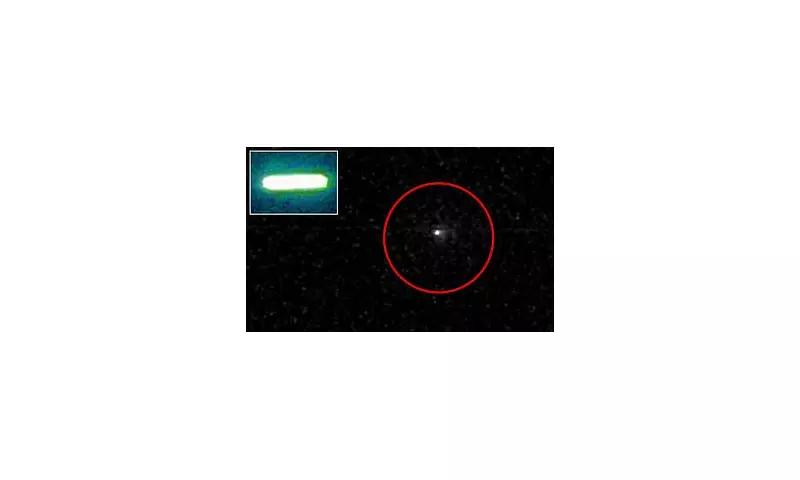
The European Space Agency has sent shockwaves through the astronomical community with revelations about a mysterious interstellar object that displayed highly unusual behaviour during its recent flyby of Mars.
The Interstellar Enigma Returns
Scientists tracking the object, unofficially dubbed 'Oumuamua 2.0' after the famous 2017 interstellar visitor, observed perplexing movements that defy conventional explanation. The visitor's trajectory and acceleration patterns near the Red Planet have left experts scratching their heads.
Unexpected Manoeuvres Near Mars
During its close approach to Mars, the object demonstrated acceleration that cannot be attributed to gravitational forces alone. This bizarre behaviour mirrors the mystery surrounding the original 'Oumuamua, which similarly confounded scientists with its non-gravitational acceleration.
Scientific Community Baffled
Dr. Helena Mitchell, lead researcher on the ESA project, expressed both excitement and frustration. "We're witnessing something truly extraordinary," she stated. "The object's movement patterns don't align with any known natural phenomena. We've ruled out conventional outgassing, which typically explains such accelerations in comets."
Possible Explanations Being Explored
- Exotic composition of unknown materials
- Radiation pressure effects from solar winds
- Previously unobserved natural space phenomena
- Theoretical propulsion mechanisms
What Makes This Discovery Significant
This latest interstellar visitor provides scientists with a rare second opportunity to study objects from beyond our solar system. The data collected could revolutionise our understanding of how planetary systems form and evolve across the galaxy.
The ESA continues to monitor the object as it travels deeper into our solar system, with multiple space agencies collaborating to unravel this cosmic mystery. The findings promise to reshape astrophysics textbooks and potentially reveal new insights about the universe beyond our solar neighbourhood.




